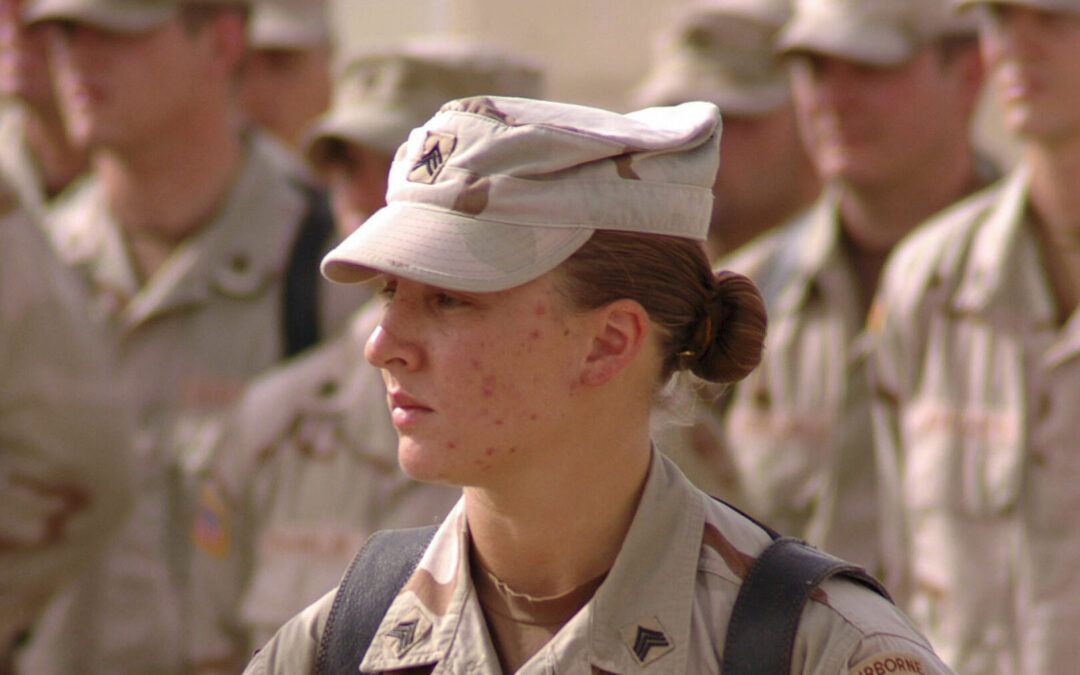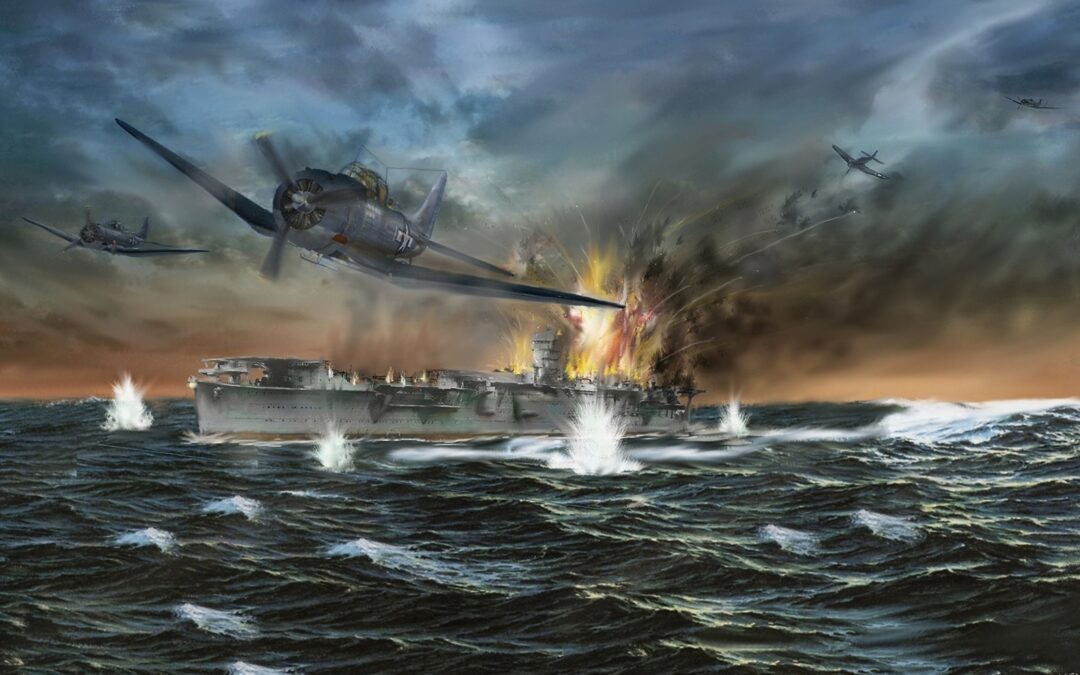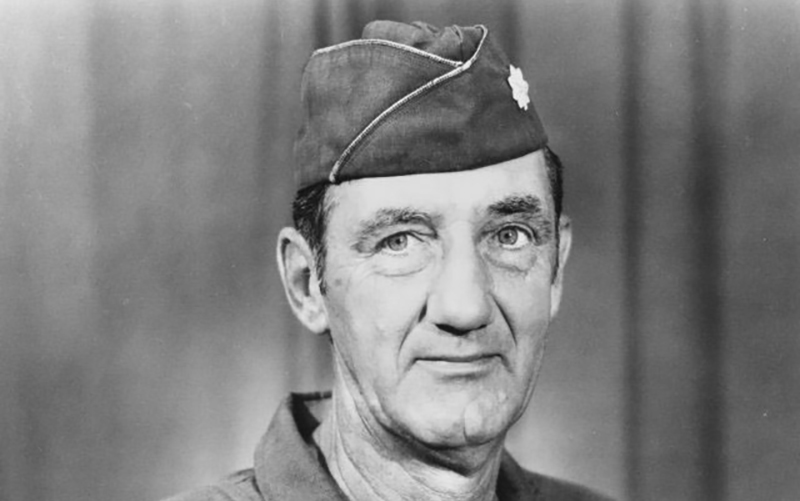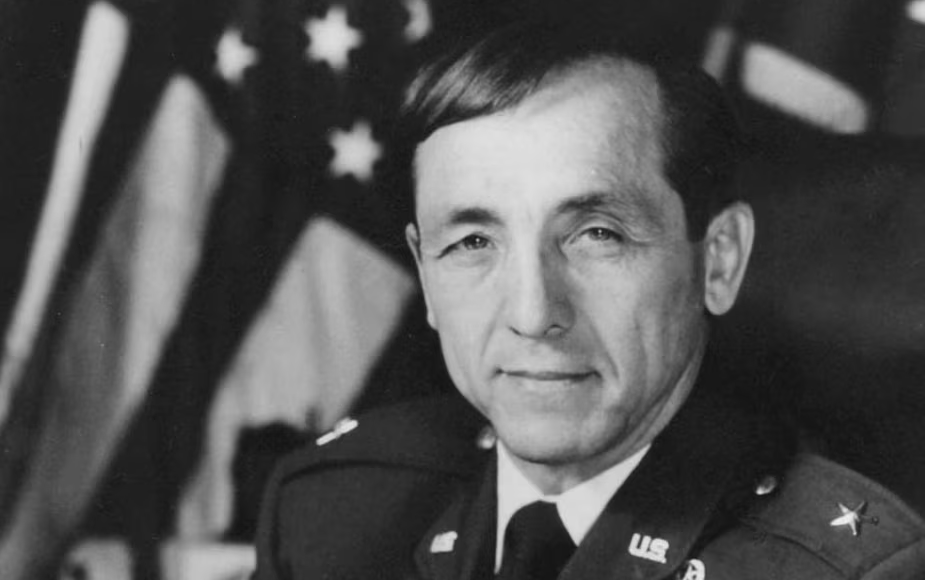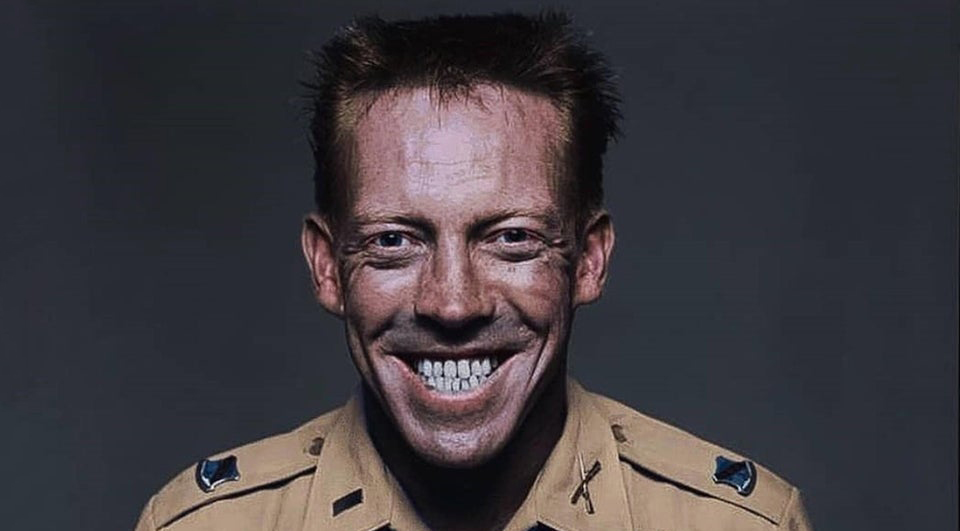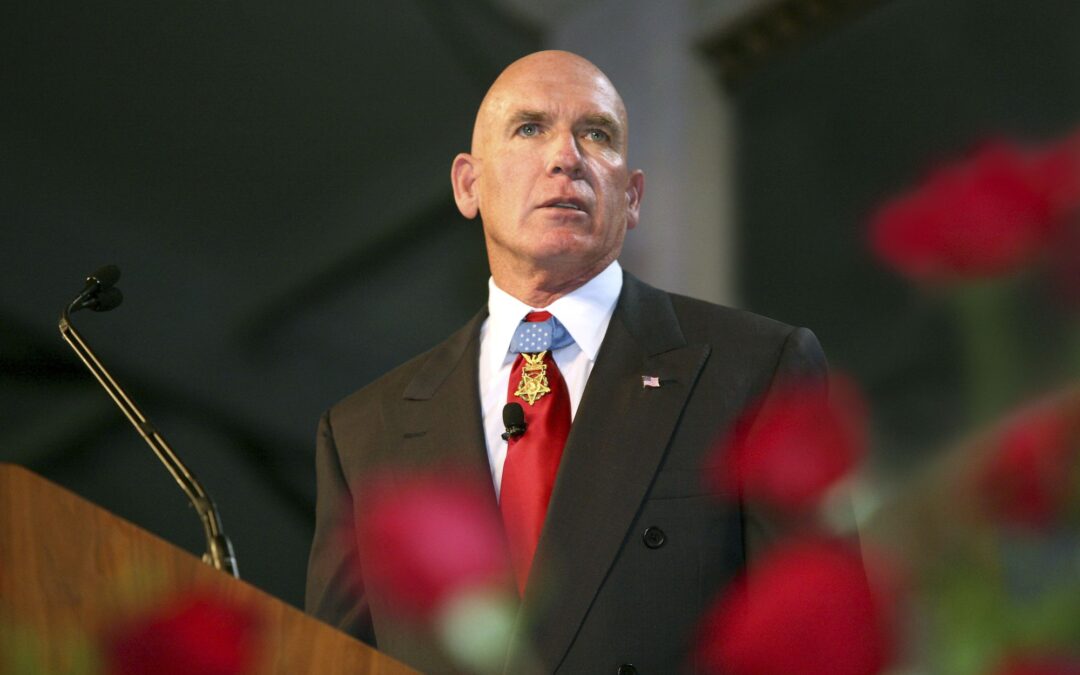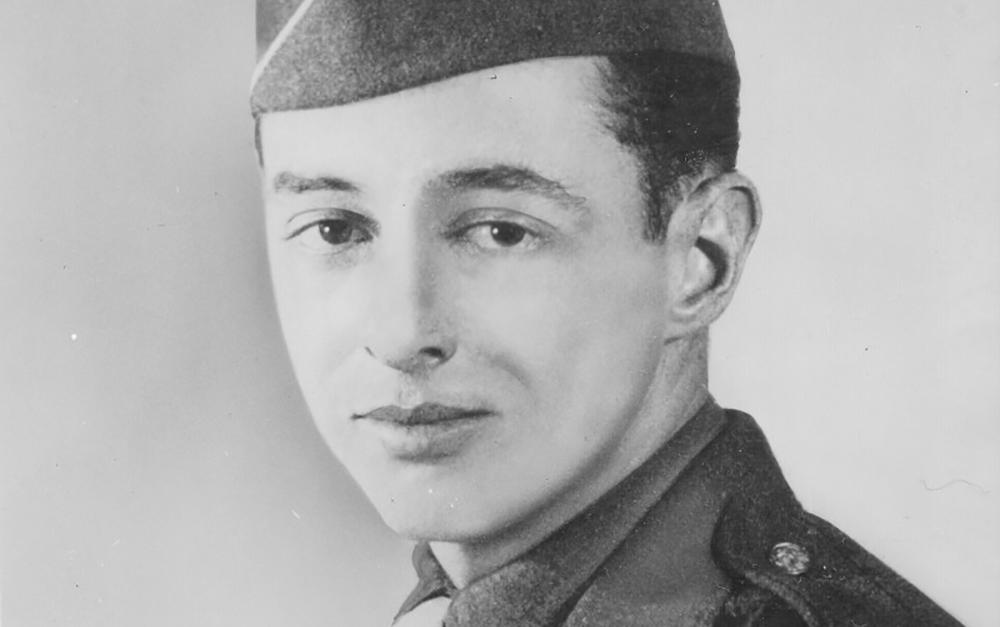On the morning of March 20, 2005, then-Sgt. Leigh Ann Hester was tasked with assisting a supply convoy moving east of Baghdad, a job that meant scanning and clearing the route of any improvised explosive devices. She'd done this job countless times before, getting shot at on almost a daily basis and seeing vehicles blown up more times than anyone would like to remember. Leigh Ann Hester Was Cited for Valor in Close Quarter Combat Executing daily patrols as a member of the National Guard's Kentucky-based 617th Military Police Company meant guaranteed exposure to combat, something the Pentagon, until an order was signed in 2013, was not even allowing women to officially engage in as an occupational specialty. "It was that one job where you can get out there and get dirty and be in an infantry-type environment," she told the Tennessean in 2015. "I guess it was one of the more exciting jobs in the military for women when I enlisted, and it still is now." As such, Hester's resolve in the...
